Qld weather: Disaster zones revealed with new Suncorp tool
More than 2.7m Australian addresses have been identified by a major insurer as being at high risk of at least one extreme weather threat. FIND OUT YOUR RISK LEVEL
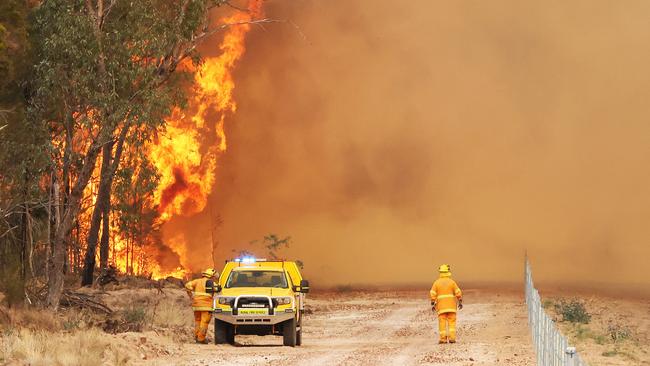
QLD weather news
Don't miss out on the headlines from QLD weather news. Followed categories will be added to My News.
More than 2.7m Australian addresses have been identified by a major insurer as being at high risk of at least one extreme weather threat: bushfires, floods, cyclones or storms.
The alarming new data is being made public for the first time by insurer Suncorp, which is launching free online tool Haven to identify properties’ unique risks and identify how they can be made more resilient in a video and downloadable report.
More than 1.5m addresses have been flagged as being at high risk of storm damage, 1.35m at high risk of bushfire, more than 400,000 at high or medium risk of cyclone, and almost 40,000 high-risk to flood.
Thousands of the properties are at heightened risk of more than one danger.
Shane McNamara’s two-storey home in Carina in Brisbane’s east is a property with a medium flood risk.
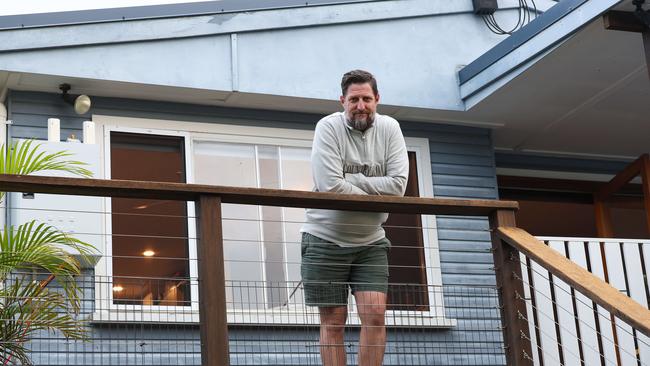
It was inundated in 2022 when his wife Sarah was 13 weeks pregnant with their son Henry.
Mr McNamara sandbagged the front of the house with little known history of flooding at the property, switched off the power and also moved what personal belongings he could upstairs.
Devastatingly, 1.6m of water peaked inside his home causing extensive damage to the lower level.
“I was aware that is was a low risk area,” he said.
“The only thing that we were told was just hearsay from neighbours of if it continues to rain, there could potentially be some flooding.
“The shock was just how quickly it did come up … you had literally little or no time to react.”
The couple, who also share two daughters, were out of their home for 16 months after opting to use insurance money and the state government’s Resilient Homes Fund to repair and upgrade their property before moving back in just in time for Henry’s first birthday.
Their upgrades included relocating the main power board upstairs, separating electrical circuits, raising airconditioning units and power-points, using marine grade joinery and replacing floating timber floors with epoxy resin.
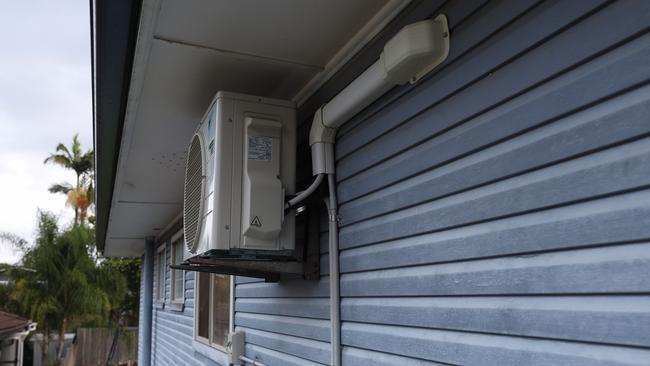
Heartbreakingly, disaster struck again in March in the aftermath of Cyclone Alfred.
Mr McNamara evacuated as a precaution and could only watch his CCTV cameras helplessly as 1.8m of water inundated his lower level this time.
“It did test us,” he said.
“The second time around, you have a bit more of an idea of what’s ahead and how to deal with it but then you also question, ‘why us again’.”
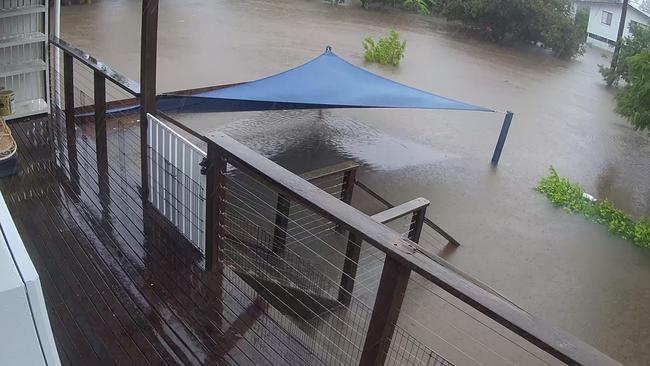
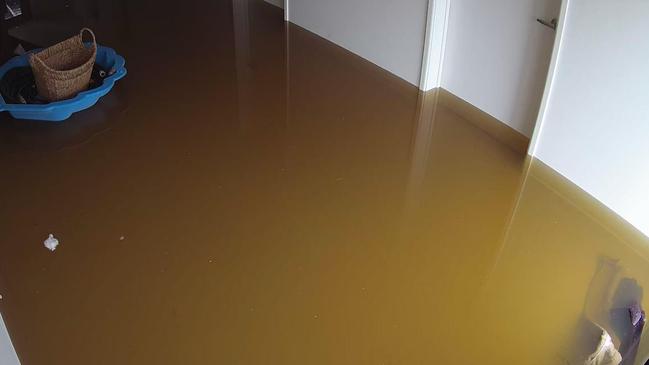
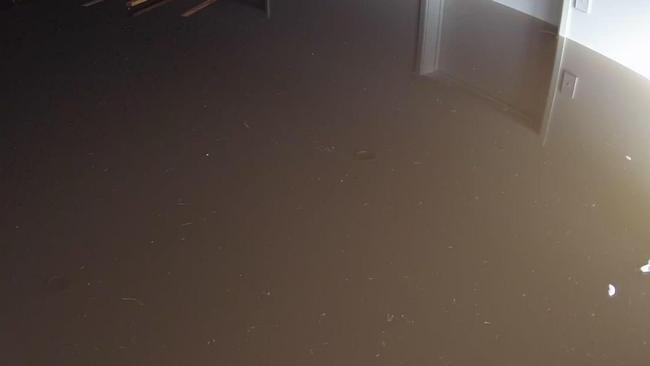
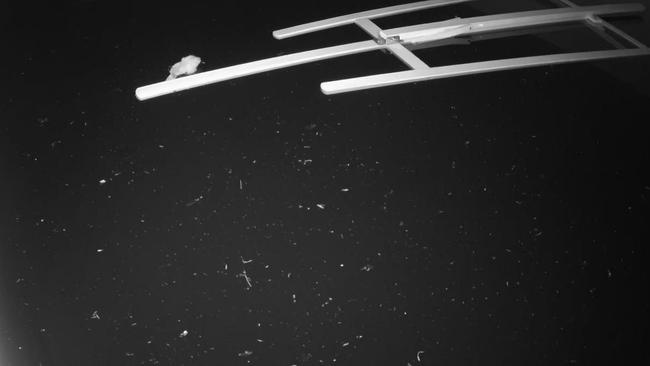
Mr McNamara is still in the early stages of his insurance claims process with Suncorp while living with family but he expects to be back home a lot sooner than 16 months due to the property’s previous upgrades.
“We’ve still got all the drying out process downstairs this time around, but it’s happening a lot quicker than it was last time,” he said.
“The resilience measures have meant that this time there is less items to be replaced or repaired, which means that the overall end to end job is expected to be quicker.”
To estimate a property’s level of risk through Haven, Suncorp collated a number of sources including historical claims and losses from past weather events, climate and weather data, and information about the environment like surrounding vegetation and mitigants such as levees.
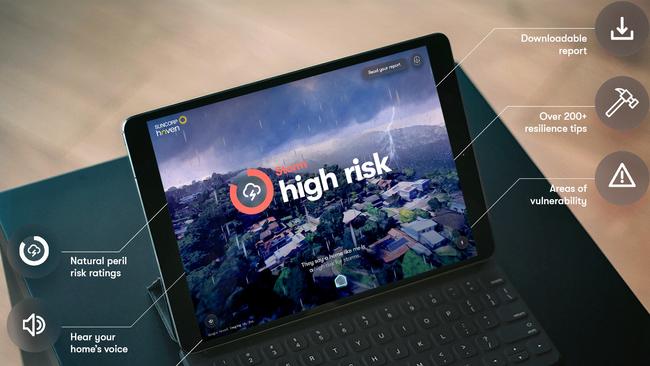
Haven also draws on publicly available property and weather data from platforms such as Google, CoreLogic and Willy Weather, and has used artificial intelligence to give each property its own voice based on its age.
Suncorp Home Prevention and Protection portfolio executive general manager Anna Cartwright said Haven had been two years in the making.
“We are putting resilience back in the hands of every homeowner in Australia, giving them the insights and tools at their fingertips to make their homes stronger against extreme weather events,” she said.
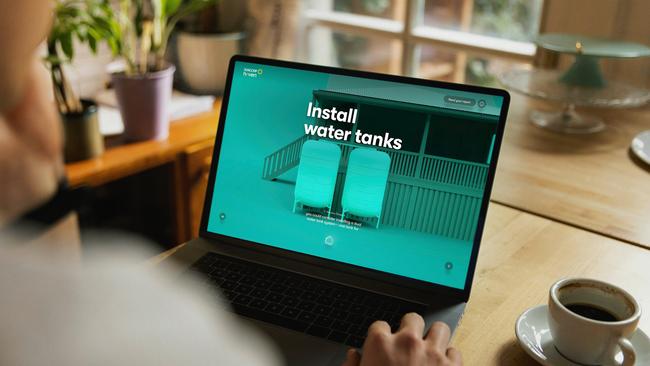
Suncorp Consumer Insurance CEO Lisa Harrison said Haven enabled all homeowners to understand their risk and proactive steps they could take to safeguard their homes from future danger.
“Ultimately this is about improving household resilience and looking to reduce property damage,” Ms Harrison said.





